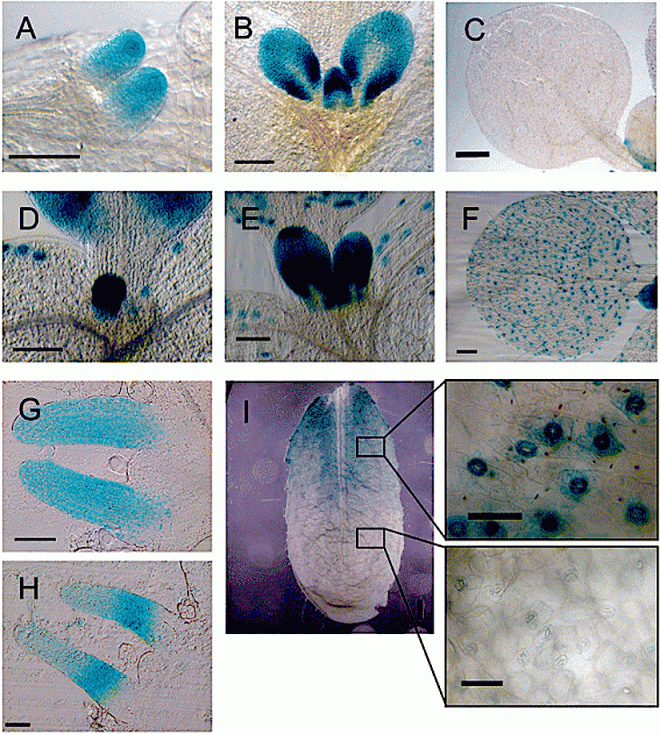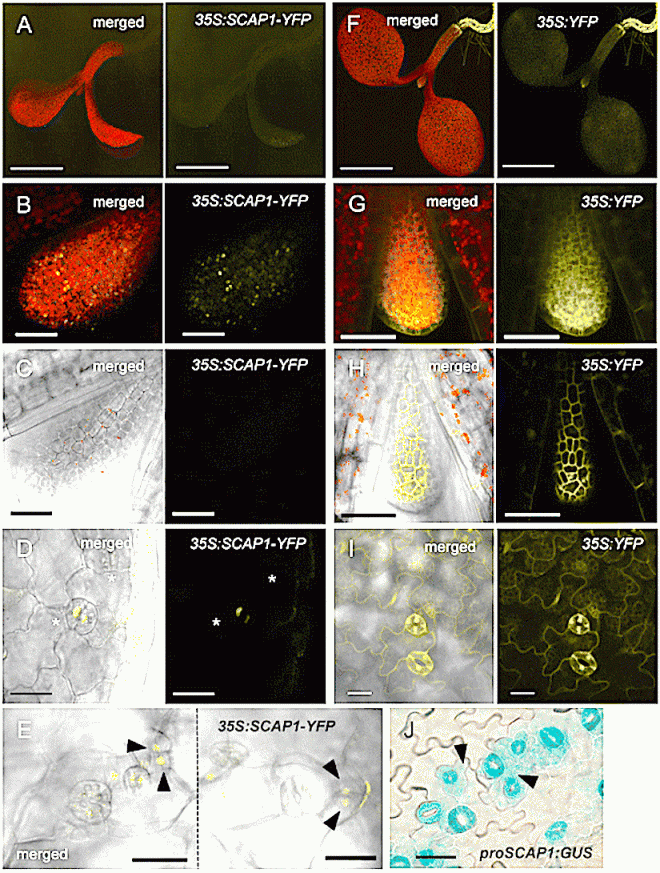
A novel role for STOMATAL CARPENTER 1 in stomata patterning
by Castorina G., Fox S., Tonelli C., Galbiati M., Conti L. (2016)
- Giulia Castorina, Samantha Fox, Chiara Tonelli, Massimo Galbiati, Lucio Conti,
in BMC Plant BiologyBMC series – open, inclusive and trusted 2016 16:172 – https://doi.org/10.1186/s12870-016-0851-z
The Erratum to this article in BMC Plant Biology 2017 17:27
https://bmcplantbiol.biomedcentral.com/articles/10.1186/s12870-016-0851-z

Abstract
Background
Guard cells (GCs) are specialised cells within the plant epidermis which form stomatal pores, through which gas exchange can occur.
The GCs derive through a specialised lineage of cell divisions which is specified by the transcription factor SPEECHLESS (SPCH), the expression of which can be detected in undifferentiated epidermal cells prior to asymmetric division.
Other transcription factors may act before GC specification and be required for correct GC patterning.
Previously, the DOF transcription factor STOMATAL CARPENTER 1 (SCAP1) was shown to be involved in GC function, by activating a set of GC–specific genes required for GC maturation and activity. It is thus far unknown whether SCAP1 can also affect stomatal development.
Results
Here we show that SCAP1 expression can also be observed in young leaf primordia, before any GC differentiation occurs. The study of transgenic plants carrying a proSCAP1:GUS-GFP transcriptional fusion, coupled with qPCR analyses, indicate that SCAP1 expression peaks in a temporal window which is coincident with expression of stomatal patterning genes.
Independent scap1 loss-of-function mutants have a reduced number of GCs whilst SCAP1 over expression lines have an increased number of GCs, in addition to altered GC distribution and spacing patterns. The study of early markers for stomatal cell lineage in a background carrying gain–of–function alleles of SCAP1revealed that, compared to the wild type, an increased number of protodermal cells are recruited in the GC lineage, which is reflected in an increased number of meristemoids.
Conclusions
Our results suggest an early role for SCAP1 in GC differentiation. We propose that a function of SCAP1 is to integrate different aspects of GC biology including specification, spacing, maturation and function.
You must be logged in to post a comment.